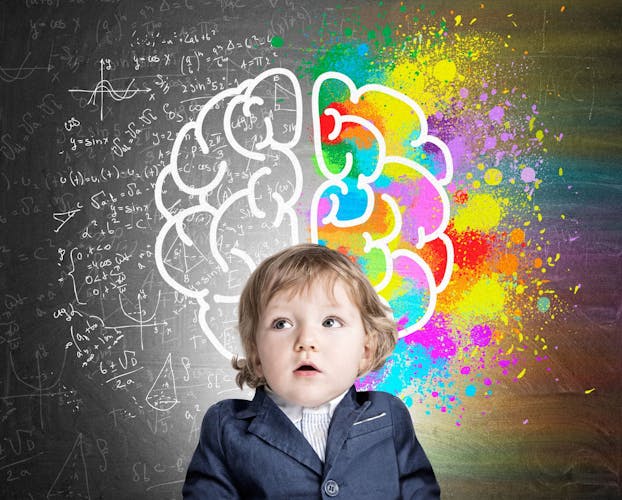As parents, caregivers, or educators, it's only natural to be curious about the developmental milestones your child should be reaching. Every child is unique, but there are some standard benchmarks to remember as they grow and learn. In this blog post, we'll explore the critical milestones in childhood development, from infancy to adolescence, providing valuable insights and guidance. Understanding these milestones can help you better support your child's growth and development as a first-time parent or a seasoned caregiver.
Early Childhood Milestones
Infancy (0–12 months)
The first year of a child's life is a time of rapid growth and development. Key milestones during this stage include:
Motor Skills: Infants typically begin to lift their heads, roll over, and grasp objects within the first few months. By the end of the first year, they may be crawling or even taking their first steps.
Communication: Babies start cooing and babbling around 2-4 months, progressing to saying their first words around 9-12 months.
Social and Emotional: Infants develop strong bonds with their caregivers during this time and begin to show emotions like joy, anger, and sadness.
Early Childhood (1-3 years)
Toddlers are known for their boundless energy and curiosity. Some key milestones to look out for include:
Language Development: Vocabulary expands rapidly, and children start using simple sentences.
Motor Skills: Walking, running, and climbing become second nature as their physical abilities grow.
Social Skills: Children learn to play with others, share, and understand basic social norms.
Middle Childhood Milestones
Preschool (3-5 years)
Preschool-age children continue to develop their cognitive and social skills:
Cognitive Skills: They learn to recognize letters, numbers, shapes, and colors, laying the foundation for future academic success.
Social Skills: Friendships become more important, and they learn to cooperate and share in group settings.
Independence: This is when children assert independence, such as dressing or using the toilet.
Elementary School (6-12 years)
The school-age years are marked by significant cognitive, social, and emotional growth:
Academic Achievements: Children learn to read, write, and develop math skills. They also become more independent in their learning.
Friendships: Friendships become more complex, and children learn essential social skills like empathy and conflict resolution.
Self-Identity: Developing a sense of self becomes more pronounced, and children form their interests and hobbies.
Adolescent Milestones
Early Adolescence (13-18 years)
The teenage years bring their own set of milestones and challenges:
Physical Development: Puberty begins, and adolescents experience significant physical changes.
Academic Challenges: High school presents more advanced academic challenges, requiring increased responsibility and time management.
Peer Relationships: Friendships and peer influence play a significant role in their lives.
Identity Formation: Adolescents explore their values, beliefs, and future aspirations.
Conclusion
Understanding these typical childhood development milestones is crucial for providing the proper support and guidance at each stage of your child's growth. Remember that every child is unique and may reach these milestones at their own pace. If you have concerns about your child's development, don't hesitate to consult with a pediatrician or a qualified therapist at Southern Pediatric Therapy Clinic. We provide expert guidance and support to ensure your child's healthy and happy development from infancy to adolescence. Stay tuned for more informative content as we delve deeper into specific developmental topics in future blog posts.


